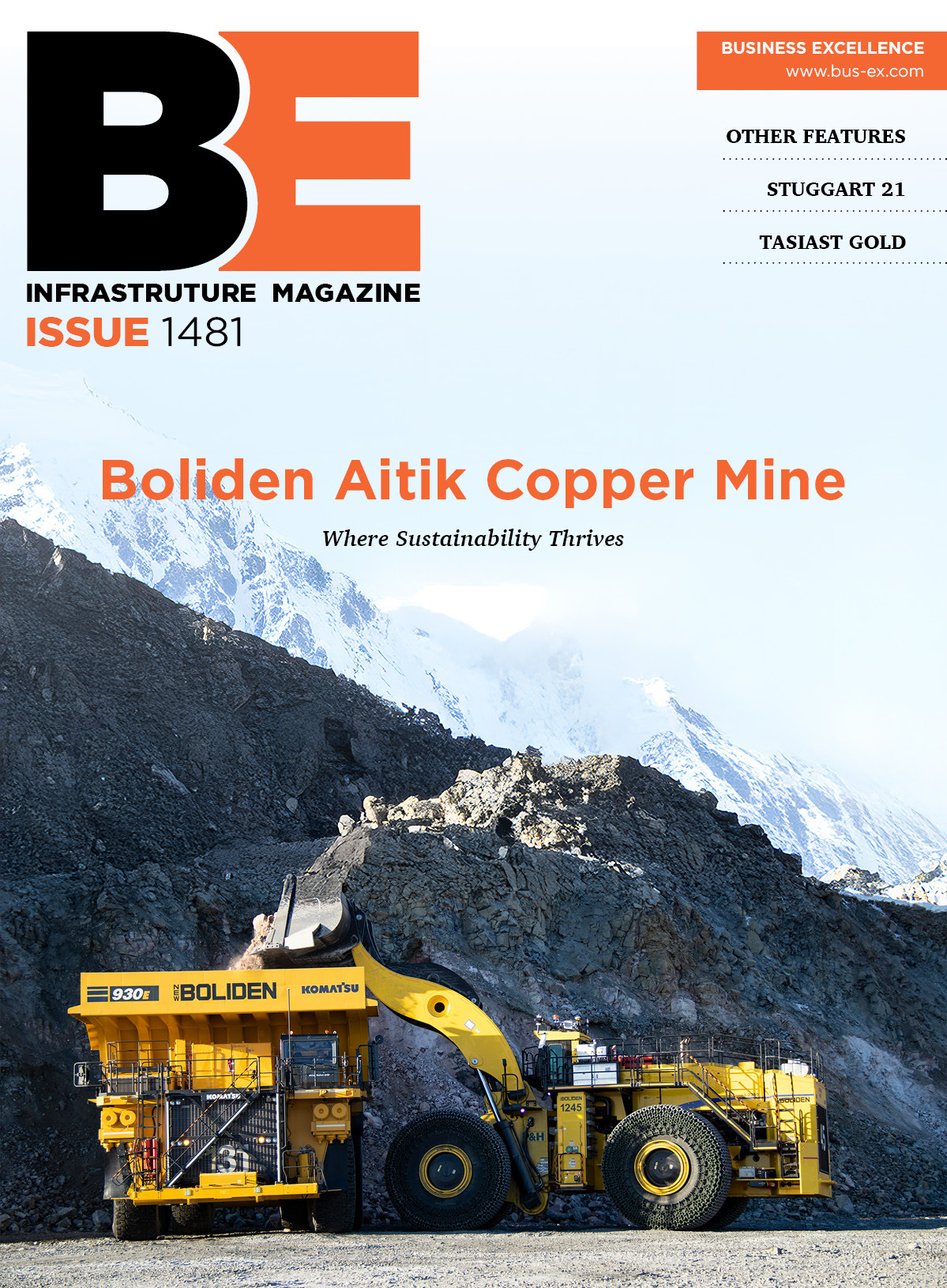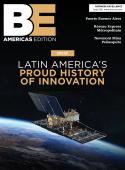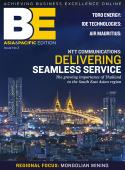A tidal wave of data┬áOff the coast of Vancouver Island on CanadaÔÇÖs west coast, one of the most significant scientific experiments is taking shape and with it, as Alan Swaby learns, changing the way marine science will be conducted in the future. When the Hubble Space Telescope first started transmitting its glorious pictures of the universe, not only did it give the world at large something to marvel at, but it caused the scientific community to start working in a whole new way.Similarly, when NEPTUNE Canada (NEPTUNE is an acronym for North-East Pacific Time-series Underwater Networked Experiments) comes on stream toward the end of this year, the scientific community will need to learn how to cope with similar volumes of information from the worldÔÇÖs first regional cabled ocean observatory.ÔÇ£Marine research currently tends to be a leisurely process,ÔÇØ says Chris Barnes, project director for NEPTUNE Canada. ÔÇ£Battery-powered instruments are taken out to sea by research vessels, and their scientific owners then have to wait perhaps a year or two before getting the chance to retrieve them and analyze the limited data these instruments collect. When NEPTUNE Canada goes active, there will be a continuous stream of real-time information in quantities never before seen.ÔÇØNEPTUNE Canada is the name of the northern sector of a joint Canadian/US venture to investigate a triangular area of the Pacific Ocean due west of British Columbia, Washington and Oregon within Canadian and US waters. The area was chosen because it contains the 200,000-square-kilometer Juan de Fuca tectonic plate, the smallest and most accessible of the worldÔÇÖs dozen main plates. Its size and close proximity to land make it an ideal location for the study of the forces behind earthquakes and tsunamis.To gather this information, an 800-km backbone cable has been laid in a loop in and out of the Port Albani Shore Station and from there connected by high-bandwidth fiber to the University of Victoria. Along this 10-gigabit-per-second fiber-optic cable are positioned five nodes from which numerous feeds radiate out to 130 individual instrument clusters.The stretch of water under the control of the Canadians straddles the continental shelf and varies in depth from 100 to 2,660 meters. Close in, itÔÇÖs a busy fishing area, and to protect against damage by trawlers or ships that may have to drag an anchor in bad weather, the cable has been buried where the seabed is less than 1,300 meters depthÔÇöthe maximum at which trawling occurs. By the same token, the nodes (which are the size of an office) are mounted within armored, trawler-proof cradles. And for good measure, the two-way nature of the backbone cable will still transmit data should it happen to sustain damage.The NEPTUNE Canada project goes back to 2000, when a group of Canadian and American marine scientists began to consider how advances in communications could be put to good use. After considerable discussion and wide consultation, the idea as it is today began to take shape. The group structure is highly complex and involves countless organizations and contributions. But suffice it to say that the project has attracted enough support to raise $125 million in pure research funding from Canadian sources, with the US side expected to announce funds roughly twice the size any day now.┬á In terms of international ranking, the importance of this project cannot be over-exaggerated. Independent scientific commentators have put it in the top five, alongside the Large Hadron Collider at CERN.The engineering challenges are enormous, as nothing on this scale has been tried before. Not only does new technology have to be developed, but it also then has to be installed in immensely difficult circumstances. The $50 million backbone cable being designed, manufactured and installed by Alcatel-Lucent accommodates both power and data. Although the instruments themselves operate on as little as 15 volts, the cable has to carry 10,000V DC, which is then stepped down to 400V at the nodes and then again at junction boxes at the instrument interface.┬á Many of the instruments themselves are a new breed. Previously, marine instruments have been battery-powered and consequently limited in scope. The 40 different types of instruments on the NEPTUNE network, released from their energy limitations, will be more powerful and reliable.ÔÇ£Making the instruments is one thing,ÔÇØ says Barnes, ÔÇ£but the more demanding aspect of the work is to ensure that all the instruments are compatible.ÔÇØ┬á┬á┬áThe science being undertaken by NEPTUNE Canada is equally ambitious. Initially the instruments will be providing 50 terabytes of data a year (1 terabyte = 1012 or 1,000 gigabytes), ranging from the study of tectonic dynamics to the search for energy-bearing gas hydrates. The tectonic work has been described as the most promising avenue being explored to date for the development of an effective tsunami early-warning system.┬á┬á Although the attention of the world has been on CO2, the release of methane currently held in solid form could have an even greater significance for runaway global warming. NEPTUNE Canada is studying the mechanism of how methane is being released and should contribute much to our understanding of what is happening.As well as the instrument network, NEPTUNE Canada has a remotely operated vehicle scouring the bottom of the ocean bed (looking for the next generation of fossil fuels, among other things) and a vertical profiler taking measurements of the sea every two hours as a floating laboratory alternately rises to the surface and is then winched back down again.Whichever way theyÔÇÖre viewed, the scientific rewards are expected to be enormous. When the data and imagery begins to come on stream in November this year, it will be made freely available to anyone in the science community who wants it, as well as to the public.┬áSo far, the nonprofit NEPTUNE Canada project has the funds it needs to create the infrastructure and meet operating costs for the next two years. After that it will need to generate $12 million a year to keep going. A new business development team is currently being formed to exploit the commercial potential. For example, intellectual property gained through the networkÔÇÖs development could have wider uses. Additionally, the network could be made available as a proving ground for new marine instruments. It might not even be long before weÔÇÖre getting pictures of below the sea to go with those from space. ÔÇô Editorial research by Michael Fretwell┬á









